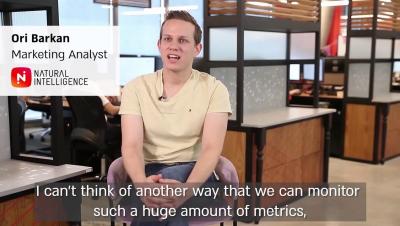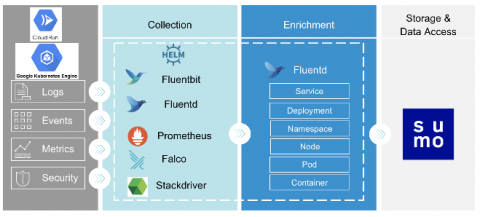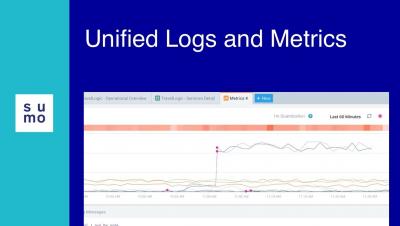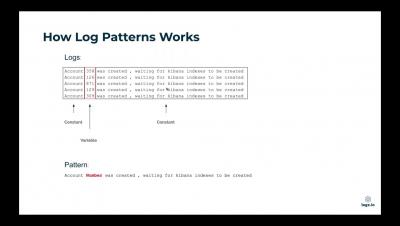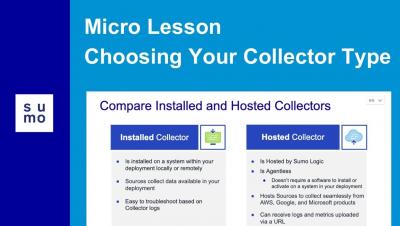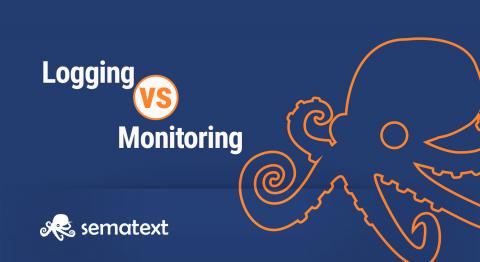Operations | Monitoring | ITSM | DevOps | Cloud
Analytics
Building Consistent Revenue Monitoring with AI
The digital era has brought vast cultural transformations – the sharing economy, microtransactions, lightning-fast communication and much more. Much of this has also resulted in considerable innovation in revenue-related areas. Companies from various industries today manage a large number of revenue streams from different revenue models.
Monitor Cloud Run for Anthos with Sumo Logic
Cloud Run for Anthos allows you to run stateless containers on Anthos GKE on Google Cloud, on-premises and multi-cloud environments. Cloud Run is serverless: it enables you to run requests or event-driven stateless workloads without having to worry about servers. It abstracts away all infrastructure management such as provisioning, configuring, and managing servers, so you focus only on writing code.
Sumo Logic Unified Logs and Metrics
Micro Lesson: Choosing Your Collector Type
Speeding Up Security Investigation with Logz.io Threat Intelligence
Cloud, microservices, Kubernetes — all these bleeding-edge technologies revolutionizing the way applications are built and deployed are also a huge security headache. Modern IT environments are increasingly comprised of more and more components and layers, each of generating growing amounts of data. In most organizations, more data is a double-edged sword. On the one hand, it gives teams more visibility into their environment.
How to Monitor Redshift Logs with Sumo Logic
In the second installment of our Amazon Redshift series, we covered the different ways you can monitor the performance and disk space of your Redshift servers using tools in AWS. In this final post, we will discuss how you can take your monitoring and logging efforts up a couple of notches by using Sumo Logic with Amazon Redshift.
How to Monitor AWS CloudTrail Logs with Sumo Logic
This is the third and last in a series of articles on Amazon CloudTrail. In the first part of the series, we introduced AWS CloudTrail and how it works and saw where and how it saves its data. We then learned how to query CloudTrail logs in the second part of the series where we used Amazon Athena to find meaningful information from large volumes of CloudTrail data.
Logging vs Monitoring: How are They Different & Why You Need Both
Logging or monitoring? If you deploy and manage an application, these are the two key techniques available to you for helping to ensure that the application meets availability and performance expectations. One of them is Application Performance Management, or APM, though you can also find it referred to as ‘Application Performance Monitoring’ or simply ‘monitoring’. The other is log analytics and management or just ‘logging’.


